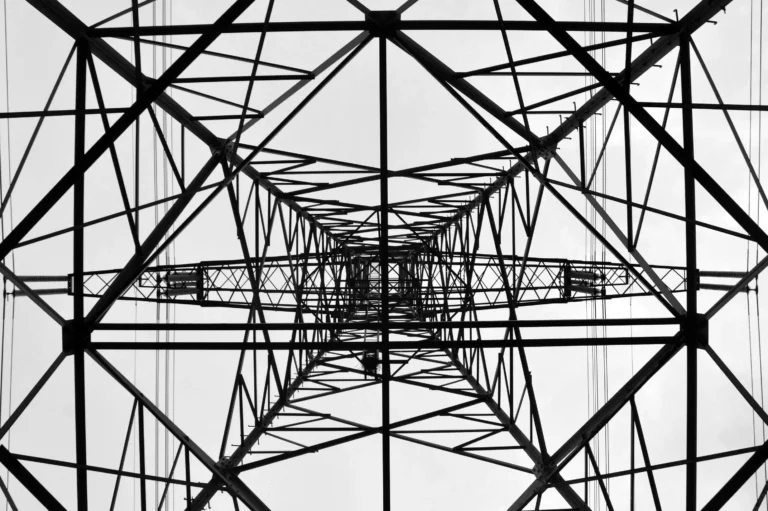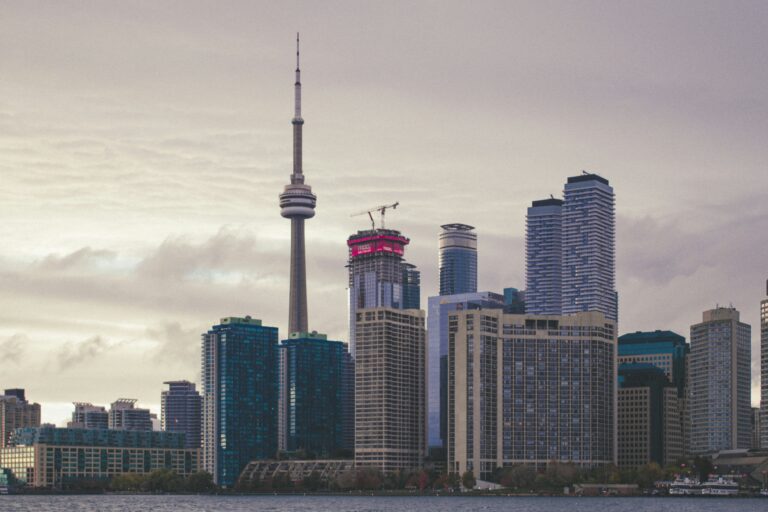MyHEAT
201-1228 Kensington Rd NW
Calgary, AB T2N 3P7
Canada
Energy efficiency funding is critical to combat energy poverty. Is Biden’s Justice40 $3.1B enough?
$3.1B provided by Biden's Justice40 program is a large number. Is it enough to combat energy poverty?
A new federal program, Justice40, commits more funding to underserved communities and brings positive climate impact by addressing energy poverty.
What is Justice40 and how can it improve energy efficiency?
In March this year, the U.S. government announced the allocation of $3.16 billion to the Weatherization Assistance Program (WAP).
The funding, part of the Justice40 initiative, is expected to bring greater financial and well-being benefits to disadvantaged communities.
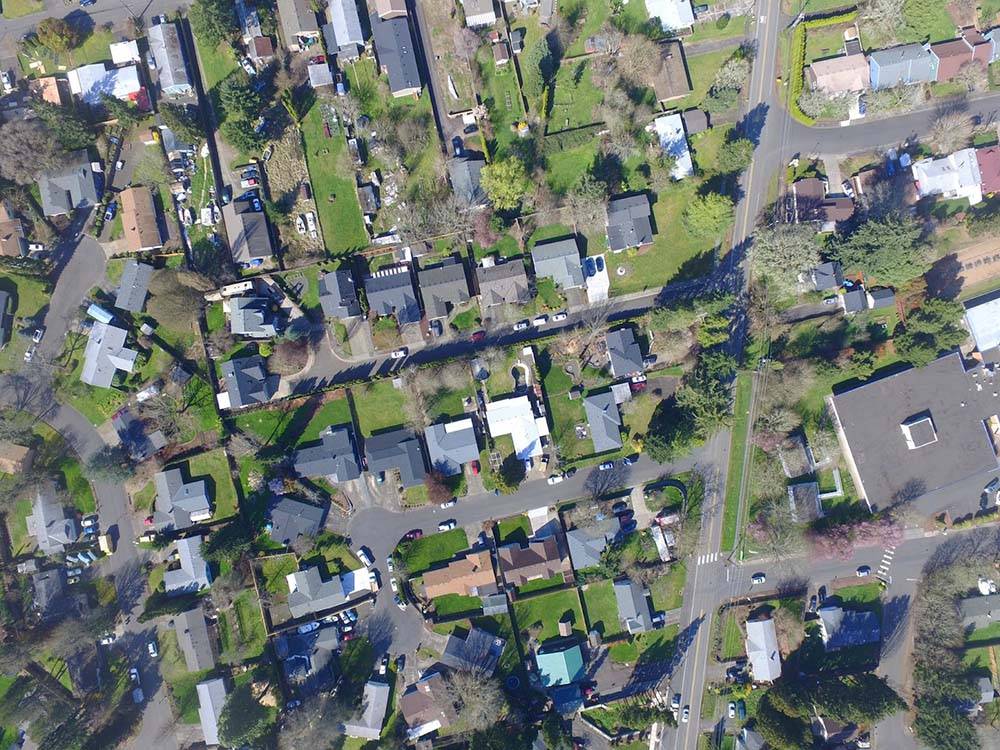
Due to sharply rising energy costs, energy efficiency has recently been a hot topic of discussion.
Accelerating energy efficiency efforts has the potential to lower energy bills but for some, a disproportionately high energy burden is a persistent issue.
Despite decades of energy assistance programs, one in three U.S. households is still living in energy poverty.
The increased funding made available through the Weatherization Assistance Program has the following aims:
- Improve living conditions for millions of Americans
- Boost local economic growth by supporting the HVAC and trades communities
- Reduce racial inequalities
- Advance state-wide action towards achieving net-zero carbon emission targets
Low-income households face the highest energy burdens
If we focus on supporting those most in need to make their homes more efficient, those investments can go a long way to reduce their bills.
Ariel Drehobl, Local Policy Manager, Energy Equity
The term ‘energy burden’ refers to the amount of a household’s income that goes towards energy costs.
Low-income households face energy burdens of 8.6% on average. This is three times higher than non-low-income households. In some states, households face energy burdens as high as 30%.
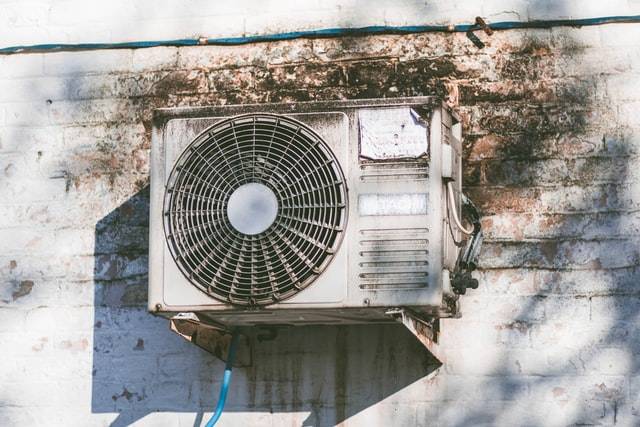
Such costs can force people into having to choose between paying their energy bills and forgoing other basic necessities. This is what it means to be living in energy poverty.
Who does energy poverty affect and how?
Walking this tightrope can leave people with adverse physical and mental health issues. It can also lead low-income households to take payday loans to afford other necessities, trapping them in a cycle of deficit.
For many, living in energy poverty is a consequence of continued social injustices. While low-income households constitute 44% of the total households in the USA, Black, Hispanic, and Native American Households are the most affected groups, according to The American Council for an Energy-Efficient Economy.
These low-income households shoulder the burden of higher energy costs, yet they contribute the least to environmental pollution and suffer the most.
Many living in energy poverty are ineligible for weatherization assistance
The Low Income Home Energy Assistance Program (LIHEAP) and Weatherization Assistance Program (WAP) were created to provide energy security after the 1970s oil crisis.
LIHEAP provides temporary financial relief towards energy costs, but it is the WAP that offers structural solutions, such as installing insulation and upgrading water heaters.
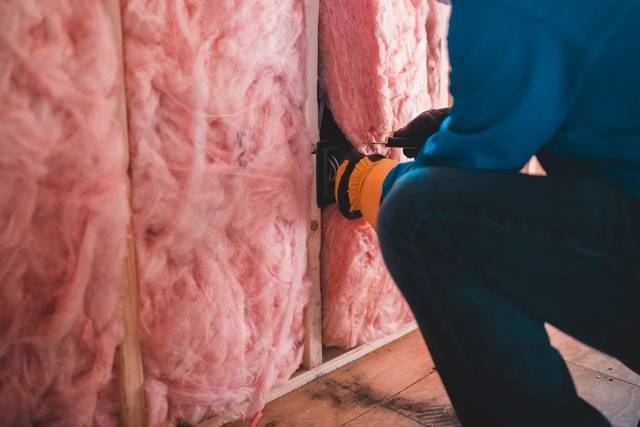
This saves consumers money and contributes to better health in the long term. It also reduces a household’s carbon emissions due to more efficient energy use.
But the poorest and most in need of support are often shut out from the program. Funds from the WAP are not available to homes in severe states of disrepair. The homeowner would need to make costly upfront home-improvement payments to be eligible.
Low-income households usually cannot afford this initial investment, and may not qualify for loans due to a poor credit history.
Related reading: How can renters achieve greater energy savings?
Meanwhile, low-income renters can find themselves in a powerless situation. Landlords may not see the value of investing in home repairs because the energy burden falls on the shoulders of the tenant.

Low-income renters often need to choose between living with continued health hazards or risking eviction.
Reducing energy poverty via weatherization is in the public interest
We will be able to help households in disadvantaged communities, reduce carbon emissions, and generate good-paying local jobs in every corner of America.
Jennifer M. Granholm, U.S. Secretary of Energy
Although the WAP has aided over seven million households since its inception in 1976, it has historically been underfunded, compared to LIHEAP.
Until now, short-term financial relief has been prioritized over longer-term weatherization solutions. This is despite the WAP’s documented benefits to individual and public health.
The government’s ten-fold increase in WAP funding shows a national commitment to extending the reach of the program. It also comes with the promise of greater program flexibility.
This will provide healthier living conditions for millions more Americans and save them thousands of dollars in energy usage.
Increasing the number of weatherized homes will also reduce energy use on a national scale, leading to:
- Lower carbon emissions
- Improved public health
- Progress towards net-zero targets
Related reading: What is net zero?
Meanwhile, it is a crucial step towards remedying social injustices. Greater reach means that Black, Hispanic, and Native American communities, the most vulnerable to the impacts of climate change, can be served.
Can more energy efficiency funding improve energy poverty?
Though there are more details to finalize, this additional funding is a step in the right direction towards reducing energy poverty.
Access to affordable energy is a human right.
Investing in long-term solutions such as the WAP provides local, national and global benefits and ultimately steers us in the right direction in the fight against climate change.
The U.S. Department of Energy provides more information on the Weatherization Assistance Program, and you can also learn more about how MyHEAT supports energy poverty efforts with energy efficiency mapping.
Sources and additional reading info
Bednar, D.J., Reames, T.G. Recognition of and response to energy poverty in the United States. Nat Energy 5, 432-439 (2020). https://doi.org/10.1038/s41560-020-0582-0
Drehobl, A., L. Ross, and R. Ayala. 2020. How High are Household Energy Burdens? Washington, DC: American Council for an Energy-Efficient Economy.Office Of Energy Efficiency & Renewable Energy. Low-Income Community Energy Solutions

